Only 30 resource-related companies, mostly micro-cap explorers, have successfully floated so far in 2012. The median capital raised was just $4 million, barely enough to fund a decent two-year exploration program after offer costs. The median value of each company listed was $7.1 million.
It gets worse. The median share price loss (compared with the issue price) for resource-related IPOs this year is 10 per cent. On paper that looks reasonable relative to sharp falls in many speculative stocks, but a third of all resource IPOs have sunk more than 30 per cent this year.
The biggest resource IPOs - Calibre Group, Armour Energy and Cuesta Coal -- are among the worst performing since listing.
Mining-services provider Calibre Group raised $75 million and listed in August 2012 amid a blaze of publicity. At the time, Calibre was the year's joint-largest IPO and the largest resource company to list by market capitalisation. The offer had been cleverly designed to maximise aftermarket support, but the $1.63 issued shares have sunk to $1.20.
Calibre's IPO had bad timing. Tumbling iron-ore prices, funding concerns for key client Fortescue Metals Group (since resolved), and premature newspaper headlines about the end of the mining investment boom were a terrible backdrop for Calibre, which has high exposure to iron-ore projects.
The IPO market received another blow in October when the Joseph Gutnick-led Paradise Phosphate cancelled its $20 million offer to develop an advanced phosphate rock project near Mount Isa. Had it closed, Paradise Phosphate would have been the year's third-largest resource offering.
At least a dozen resource companies have been forced this year to withdraw their ASX listing applications as global sharemarket volatility and retail investor risk aversion casts an even darker shadow on the IPO market, which has mostly struggled since the GFC.
Not even the most bearish market watcher could have predicted such an awful market for resource company IPOs in 2012. To put things in perspective, 89 resource-related IPOs in 2011 raised $755 million. Even at the depth of the GFC in 2008, about $2 billion was raised from 72 floats (including non-resource ones) when market uncertainty was greater than today.
There has only been a sliver of good news for resource IPOs this year. Dacian Gold's IPO has attracted plenty of attention: its chairman, Rohan Williams, was the former boss of the successful Avoca Resources. A well-supported offer and reasonable aftermarket backing for Dacian could pave the way for other gold floats, which have been noticeably quiet this year.
Also, a handful of micro-cap resource IPOs this year have bucked the trend and posted strong share-price gains.
Equamineral Holdings raised $2.5 million to develop an iron-ore project in the Republic of Congo in Central Africa, and its 20 cent-issued Chess Depositary Interests (CDIs) soared to 98 cents in late October after announcing full ownership of the Oyabi project in October.
Pura Vida Energy raised $4 million to develop an oil project off the Moroccan coast of North Africa and listed in February 2012. Its 20 cent-issued shares are 79 cents.
Boadicea Resources, which raised $1.1 million to acquire WA gold projects, closed at 56 cents on debut in mid-October, up from a 20 cents issue price. The shares traded at 43 cents this week.





